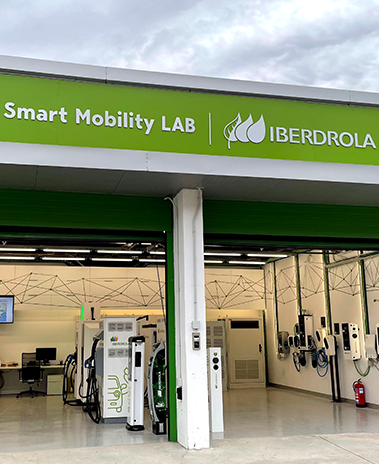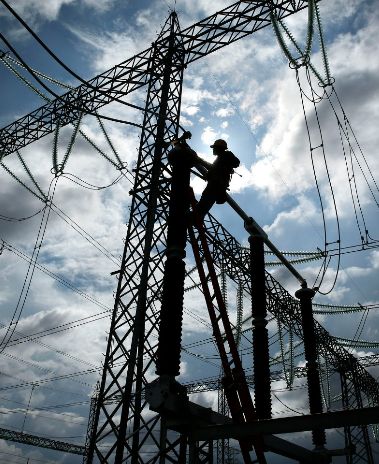-
Located in the city of Bilbao, the Smart Mobility laboratory is one of the main sites for research into electric car charging. This pioneering facility is part of Iberdrola's programme to overcome the 200,000 charging points in Spain in 2030.
Photovoltaic energy is a renewable and clean energy source that uses solar radiation to produce electricity. It can be produced by small generators for self-consumption or in large photovoltaic plants, and is one of the most important renewable energies for achieving decarbonisation goals.
-
The WindEurope Annual Event was held in 2025 in the Danish city of Copenhagen, and Iberdrola once again took part in the meeting. From April 8 to 10, Copenhagen brought together more than 15,000 professionals from the sector, who were able to listen to experts in different sessions and interact with more than 500 exhibitors, who showed all the innovations in the wind energy market, both inside and outside Europe.
-
Facebook WindEurope 2025 seeks in Copenhaguen urgent wind power development solutions that will make Europe's decarbonisation commitments possible
-
Twitter WindEurope 2025 seeks in Copenhaguen urgent wind power development solutions that will make Europe's decarbonisation commitments possible
-
Linkedin WindEurope 2025 seeks in Copenhaguen urgent wind power development solutions that will make Europe's decarbonisation commitments possible
-
Whatsapp
Geothermal energy makes it possible to use heat from inside the earth for electricity, hot water and heating, offering an alternative to fossil fuels. Although it is a type of renewable energy with many years of history, it is still largely unknown. Find out what geothermal energy is, how it works and its advantages.
-
-
Electrical substations are essential elements for everything to work correctly and safely in the electricity grid. In substations, electrical energy is transformed, controlled and distributed to end users, but do you know how they work and what types of electrical substations there are?
After their spectacular evolution in recent decades, telecommunications have become an essential and indispensable component for the proper operation of the electricity grid. Discover our progress in this field as pioneers in the deployment of telecommunications services for the electricity network.


















































